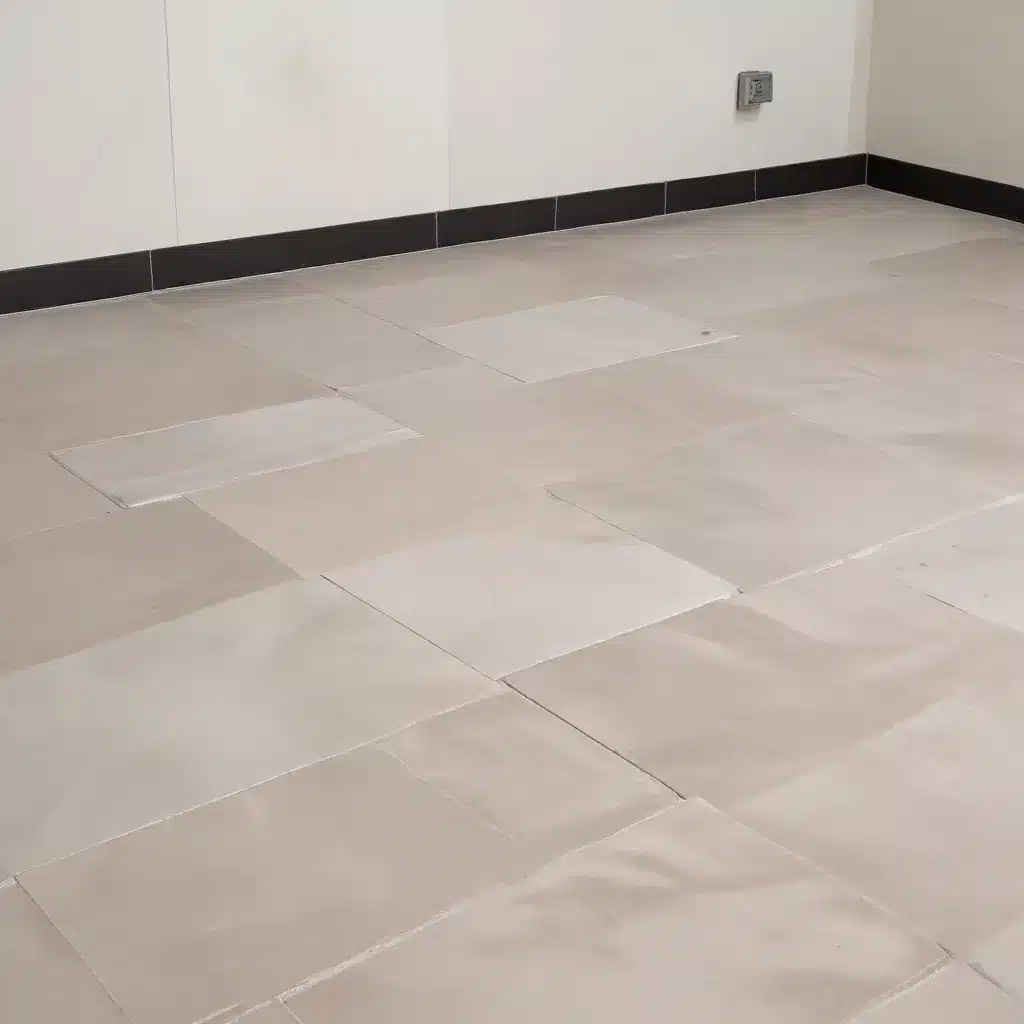Tile Leveling Systems: Achieving Perfectly Flat Installations
In the world of high-quality flooring, a “tile leveling system” is your important companion in the pursuit of a faultless, flat surface. But what is a tile leveling system exactly? A tile leveling system is an essential tiling tool designed to ensure that your tile installation process results in evenly positioned tiles every time. These systems are ingeniously crafted to eliminate lippage, the dreaded unevenness between the edges of adjacent tiles. By utilizing a set of tile leveling clips and anchors like rotating screws and wedges, they maintain a consistent level across all tiles, thus safeguarding the aesthetics of your flooring while significantly reducing installation time.
Key Components of Tile Leveling Systems
After learning what a tile leveling system is, it’s important to look at the core components to see how such an easy setup can significantly improve the quality of tile installation. While different brands and types might have slight variations, the core components remain consistent across most tile leveling systems.
The tile leveling spacers or clips are fundamental in creating the necessary space between tiles. These tile leveling spacers are strategically placed around each tile’s perimeter, and sometimes along tile spacers, ensuring the layout is uniform and even. They play a pivotal role in maintaining the integrity of the grout lines and consistent spacing between tiles, essentially dictating the symmetry of the entire tiled area.
Along with tile leveling clips, they use wedges or rotating screws to achieve actual leveling. These components interact directly with the tile leveling clips. In a wedge leveling system, you insert wedges into the clips to push the tiles into alignment. In a screw leveling system, you use screws and turn them to level the tiles perfectly. Choosing between wedges and screws often depends on the specific system.
Types of Tile Leveling Systems
The tile leveling systems that have become go-to options for perfect tiling jobs include:
Wedge Tile Leveling System: This system involves using clips and wedges. You set the clips when laying tiles and insert the wedges by hand or with pliers to level the tiles uniformly.
Screw Rotating Tile Leveling System: This system, also known as the Spin Doctor Tile Leveling System, doesn’t use a base plate but rather a special clip with a spindle top. After arranging the tiles, you position the clips and apply a screw cap to the shank with the grooves, attached to the clip. You then rotate the screw cap to align the tiles perfectly.
Reusable Tile Leveling System: Standing out for its eco-friendliness, this system employs a T Pin and T Screw mechanism. After the initial tile placement, the T Pin is slid beneath the tiles, and the Screw is affixed on top, which allows you to place it tightly. This setup holds the tiles firmly, ensuring evenness across all tiles like other systems.
Benefits of Tile Leveling Systems
Embarking on a tile installation project without a tile leveling system is akin to setting sail on a ship without a compass. Sure, you might complete the tiling job, but the journey will undoubtedly be fraught with avoidable challenges. Here’s why adding these systems is crucial for your tiling project:
Improved Aesthetic Appeal: Tile leveling systems are pivotal for premium tiling jobs. They’re not just about keeping tiles even; they’re about perfection in the details. These systems are instrumental in achieving that refined look synonymous with high-end projects, ensuring each tile aligns perfectly with its neighbors.
Enhanced Durability: Lippage poses a real challenge in tile installation. It’s the unevenness that occurs when one tile edge is higher than the adjacent tile, creating a hazardous and unsightly surface. Tile leveling systems counteract lippage, ensuring each tile is set at the same height for a smooth and visually pleasing surface.
Reduced Installation Time: Wastage isn’t just about materials; it’s about time and money, too. If you don’t set tiles correctly, the redo affects your schedule and budget and causes unnecessary tile waste. Tile leveling systems drastically lower the chance of missteps during installation, positioning each tile precisely from the start.
Selecting the Right Tile Leveling System
Choosing the right tile leveling system depends on several factors, including the type and size of your tiles, the condition of your subfloor, and your available budget.
For example, the Screw Rotating Tile Leveling System is particularly beneficial for commercial projects involving large-format tiles, as it offers precise height adjustment and lippage control. On the other hand, the Wedge Tile Leveling System is a popular choice for DIY enthusiasts and professionals alike, thanks to its simplicity and effectiveness.
The Reusable Tile Leveling System, with its eco-friendly and cost-saving design, might be ideal for budget-conscious homeowners undertaking a tile project. Meanwhile, the Spin Doctor Tile Leveling System strikes a balance between functionality and user-friendliness, making it a versatile option for both residential and commercial applications.
Regardless of the system you choose, it’s crucial to ensure that your subfloor is properly prepared and that you follow the manufacturer’s instructions for optimal results. By selecting the right tile leveling system and employing proper installation techniques, you can achieve a perfectly flat, professional-looking tile installation every time.
If you’re in the market for a reliable tile leveling system, consider browsing the offerings at Reluctant Renovator, a leading resource for DIY enthusiasts and professionals alike. Their expertly curated selection and informative guides can help you make an informed decision and elevate your next tiling project to new heights.




